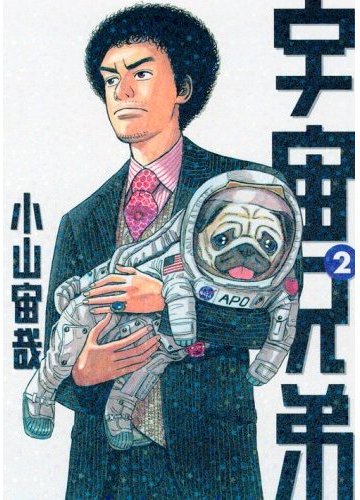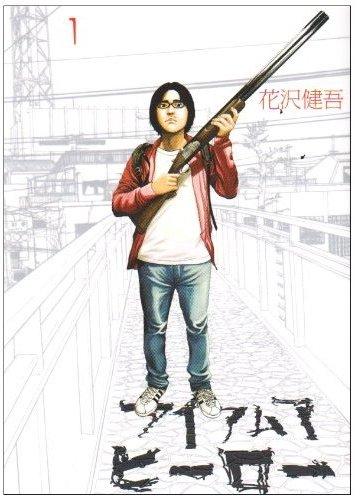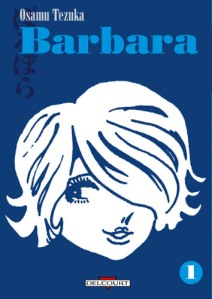You know, it would be just plain rude if I didn’t take a look at the last two nominees for the Manga Taisho Awards. I’ve covered the other yet-to-be-licensed contenders in two previous posts, and I’m sure plenty of people will be talking about Bakuman, seeing as it’s by the creators of Death Note and has been picked up by Viz. But I keep thinking back on that scene in Brideshead Revisited when Charles and his ex-boyfriend’s married sister have hooked up on a cruise ship and she wistfully notes that they’re “orphans of the storm,” or some other quasi-romantic rationalization that adulterers indulge in during the afterglow, and I thought, “No… I will leave no Manga Taisho nominee behind.”
So, what’s left?
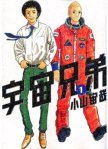 Well, there’s Chûya Koyama’s Uchû Kyôdai, which can be translated as “Space Brothers,” currently serialized by Kodansha in Morning. It’s about a pair of brothers who decide to become astronauts. As near as I can figure, one succeeds, and the other tries to shake off his mundane, earthbound life to join his sibling. I’m getting a (forgive me) down-to-earth comedy vibe off of it, though I could be wrong. It’s up to nine volumes so far, and it sounds like it would be a great companion read for Kou Yaginuma’s Twin Spica, due in May from Vertical. Space travel is just a dream for the young, is it? You can see some sample pages here.
Well, there’s Chûya Koyama’s Uchû Kyôdai, which can be translated as “Space Brothers,” currently serialized by Kodansha in Morning. It’s about a pair of brothers who decide to become astronauts. As near as I can figure, one succeeds, and the other tries to shake off his mundane, earthbound life to join his sibling. I’m getting a (forgive me) down-to-earth comedy vibe off of it, though I could be wrong. It’s up to nine volumes so far, and it sounds like it would be a great companion read for Kou Yaginuma’s Twin Spica, due in May from Vertical. Space travel is just a dream for the young, is it? You can see some sample pages here.
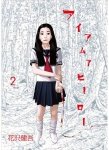 And lastly, we have Kengo Hanazawa’s I Am Hero, currently serialized by Shogakukan in Big Comic Spirits. There are times when Babel Fish is incredibly unhelpful, but I’m thinking what we have here is psychological horror about a 35-year-old cartoonist’s assistant, maybe like Taxi Driver but with a manga-ka? Here are some preview pages from the first volume. Since it’s from Shogakukan, it could either slide into Viz’s Signature line, or it could go to Fantagraphics, who might see the appeal in a heavily armed, emotionally unstable comic creator.
And lastly, we have Kengo Hanazawa’s I Am Hero, currently serialized by Shogakukan in Big Comic Spirits. There are times when Babel Fish is incredibly unhelpful, but I’m thinking what we have here is psychological horror about a 35-year-old cartoonist’s assistant, maybe like Taxi Driver but with a manga-ka? Here are some preview pages from the first volume. Since it’s from Shogakukan, it could either slide into Viz’s Signature line, or it could go to Fantagraphics, who might see the appeal in a heavily armed, emotionally unstable comic creator.
Now, with the last of those Taisho titles out of the way, things can get back to normal. I’m thinking of looking into some yaoi about normal guys with jobs that’s still pleasantly smutty. Any suggestions?
